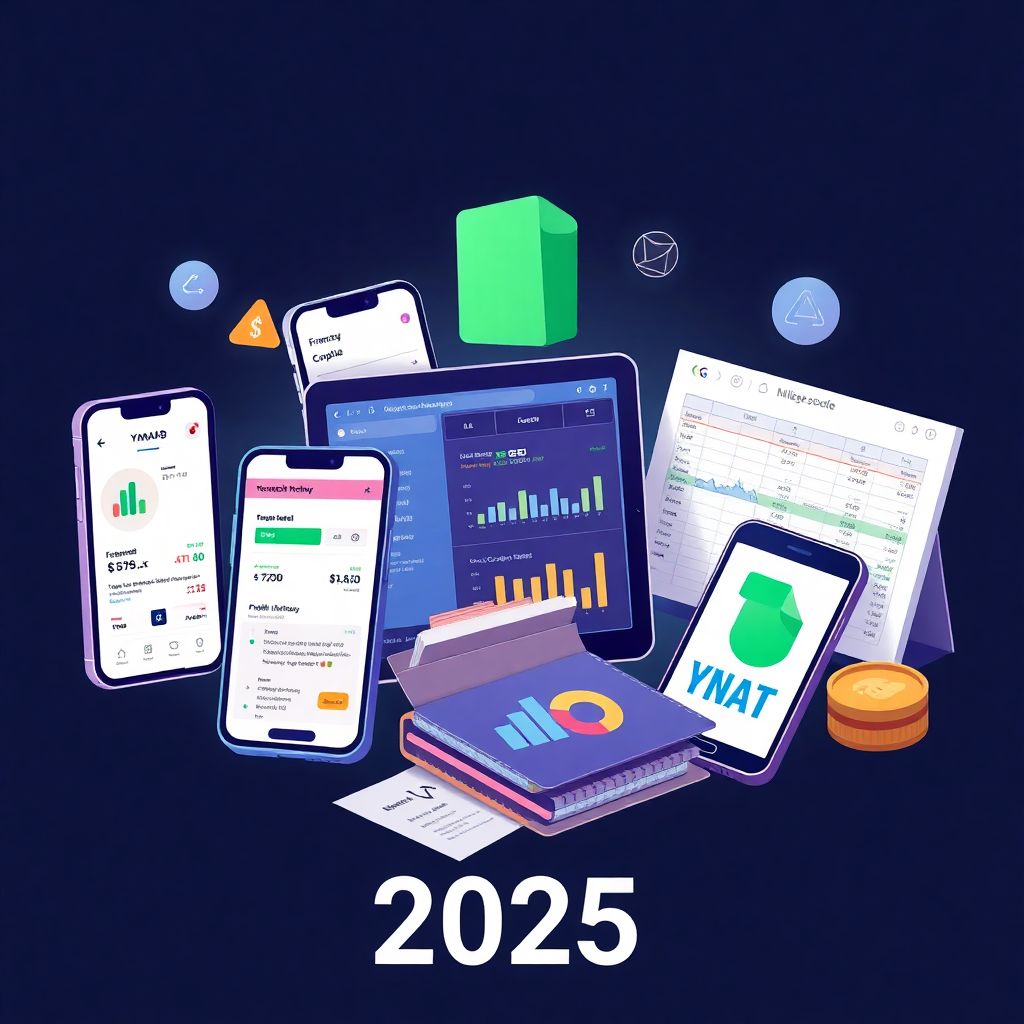Essential Tools for Modern Daily Money Management

In 2025, the landscape of personal finance is increasingly digitized, making technological tools indispensable for establishing a sustainable daily money management routine. The foundation of this habit begins with selecting the right financial applications and platforms. Budgeting apps such as YNAB (You Need a Budget), Copilot, or Monarch Money offer real-time expense tracking, AI-based categorization, and predictive analytics. Integration with open banking APIs allows these apps to sync across multiple accounts, providing a holistic financial overview. Additionally, digital wallets like Apple Wallet or Google Pay now include embedded financial health dashboards that track spending patterns and offer behavioral nudges. For those managing crypto assets, platforms like CoinTracker provide tax optimization and portfolio monitoring. A reliable cloud-based spreadsheet, such as Google Sheets with custom scripts, can serve as a fallback tool for manual tracking and advanced data manipulation.
Step-by-Step Process to Establish the Habit

Building a daily money management habit requires a structured, behaviorally informed process. Start by allocating a fixed 10-minute window each day—ideally during a low-cognitive-load period, such as early morning or post-dinner. During this window, open your financial dashboard and review the previous day’s transactions. Categorize expenses manually if the app’s AI misclassifies them, and annotate any irregularities. Next, compare spending against predefined daily budget thresholds, which should be dynamically adjusted based on income volatility and upcoming obligations. Use this data to update your financial goals, such as debt reduction or savings milestones. Incorporate micro-reflections by asking: “Did my spending align with my values today?” This reinforces intentionality. Finally, automate recurring tasks like bill payments or savings transfers using programmable banking features. By maintaining consistency, you gradually shift from reactive to proactive financial behavior.
Troubleshooting Common Obstacles in Habit Formation
Even with robust tools and a defined process, several friction points can disrupt the formation of a daily money management habit. Cognitive fatigue, especially during high-stress periods, often leads to skipped sessions. To counteract this, implement habit-stacking—pair the review process with an existing routine, such as morning coffee. Another common issue is data overload from excessive account integration. Streamline your dashboard by limiting it to high-impact accounts and using filters to hide low-variance categories. App fatigue is also prevalent, as users switch between multiple platforms. Consolidate functions within a single ecosystem where possible, or use API aggregators that centralize data. Lastly, emotional resistance—such as guilt or anxiety around spending—can hinder consistency. Address this by reframing the habit as a neutral data analysis task rather than a judgment exercise. Incorporating biometric authentication and voice commands can further reduce friction and enhance daily compliance in 2025’s tech-centric environment.

